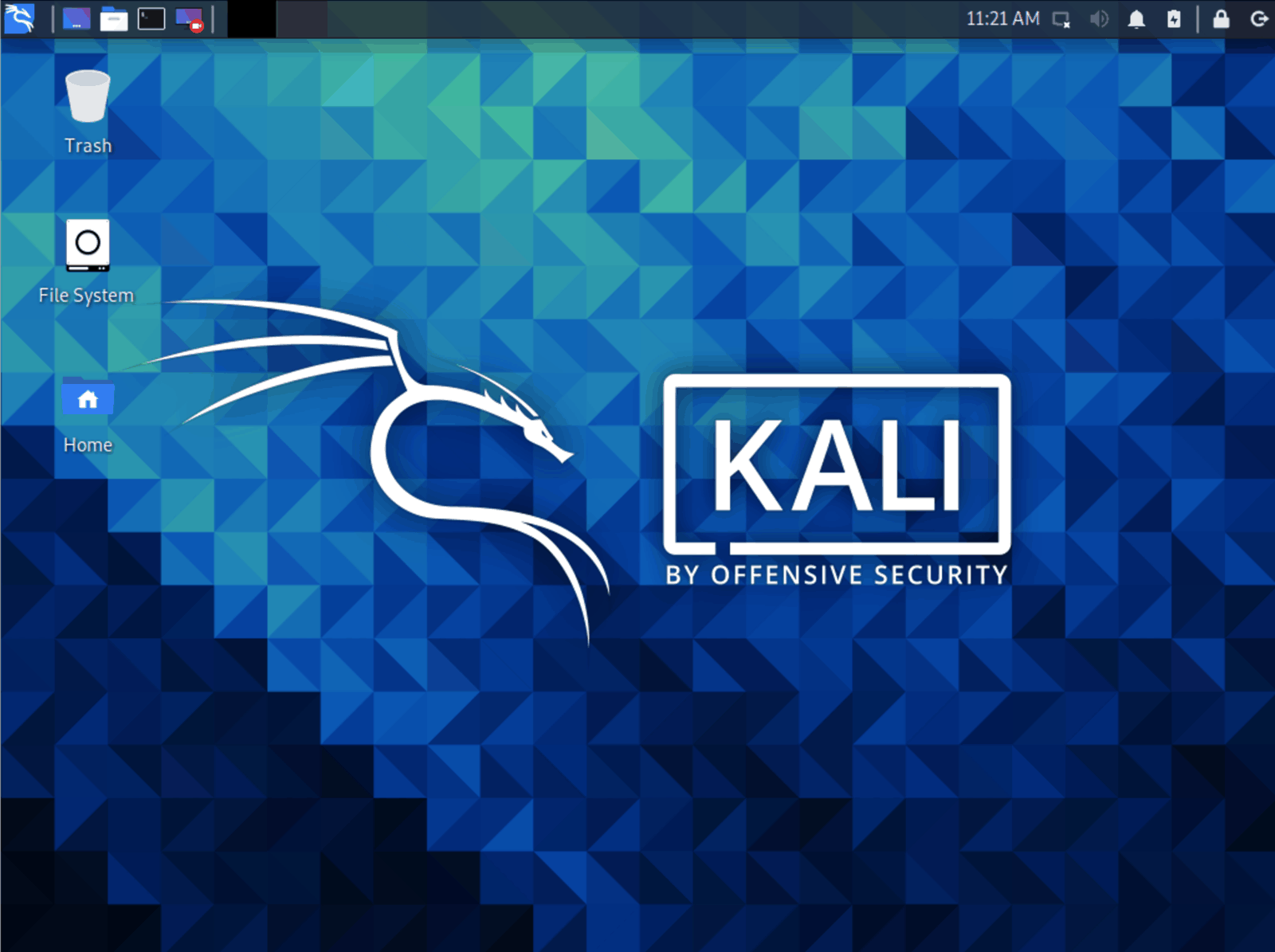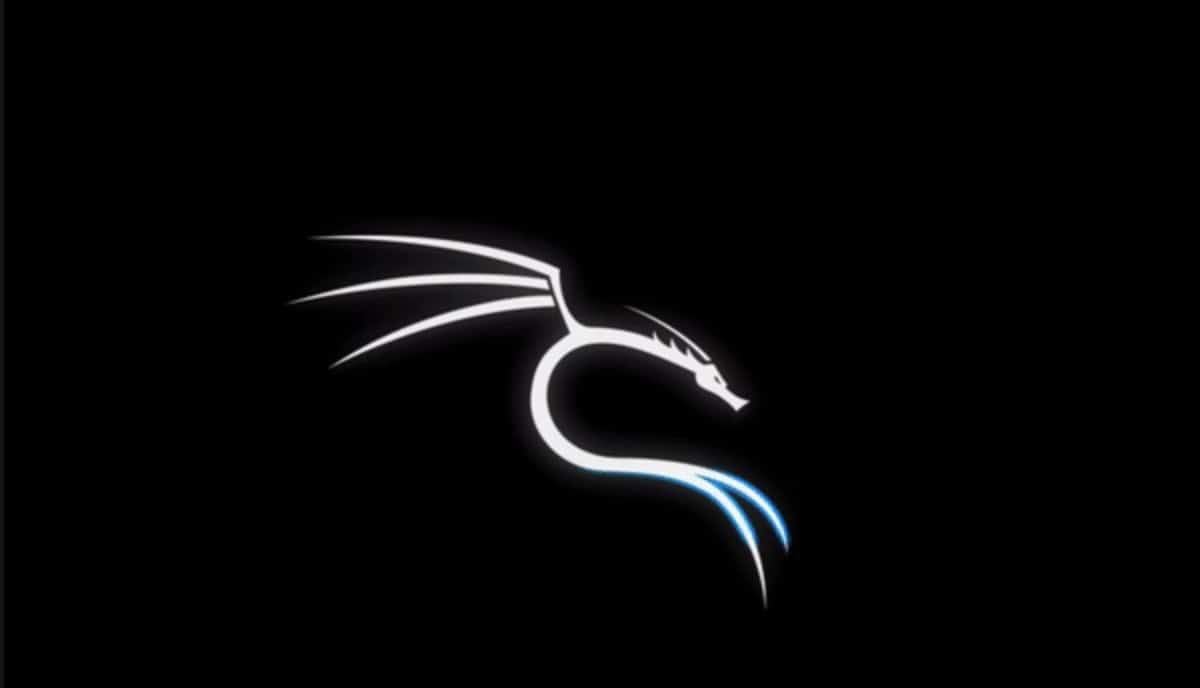

For example, on my computer, I you turn it on, I need to press the ESC button many times (in some systems, it can be Delete or F12, F2, and so on), and then just select the USB flash drive. If you have already started your computer from a bootable USB flash drive, then repeat these steps for Kali Linux Live. If everything is correct (and in my case everything is as I want), then click “ Yes, I'm sure”. Are you sure the selected drive is not a storage drive?” I have a flash drive with a large capacity (256 GB), so the program shows me a warning: “ You are about to erase an unusually large drive.

Plug in your USB stick, launch Etcher, select the downloaded Kali Linux LIVE ISO, then just hit the “ Flash!” button and wait for completion. Go to the Etcher program website: and download it: That is, it doesn't matter if you are currently on Windows or Linux, you can use Etcher to write a disk image to a USB flash drive. For these purposes, the cross-platform Etcher is ideal. We need a program to burn (write) ISO to USB stick. If you plan to create one or more persistent storages, then a flash drive with a volume of 16 gigabytes or more is recommended. If you need a LIVE Kali Linux system and do not need persistent storage, then a flash drive of any size that exceeds the size of the ISO image is enough, i.e. The faster the read/write speed of the flash drive, the more comfortable it will be for you. You can download the image via a direct link or via torrent. The latest release is available to choose from, as well as the Weekly Image (with more recent versions of the packages, but released without testing) – select any of them.

Therefore, in any case, we need an ISO image of the system from the official website: If you want a system with one or more Persistence, then you need to start by creating a bootable USB flash drive with a LIVE system – this is the starting point for all subsequent actions.

You can set up persistent storage – a little extra effort and your Kali Linux LIVE system will be able to save files and new system settings Portability – you can boot from the flash drive on any computer It is impossible to harm the main OS – when creating a bootable flash drive, the hard drives of the computer and the bootloader of the main system are not affected This method has several advantages:įast deployment on a USB flash drive (since installation with unpacking of each package is not required) Making a LIVE bootable USB stick is one of the fastest ways to get Kali Linux up and running. Create a LIVE system on a flash drive with Kali Linux (in Windows or Linux)Ĭreate Kali Linux with Encrypted PersistenceĪn alternative method of getting portable Kali Linux on removable media: “ How to install Kali Linux on a flash drive or external drive as a full-fledged OS”.


 0 kommentar(er)
0 kommentar(er)
